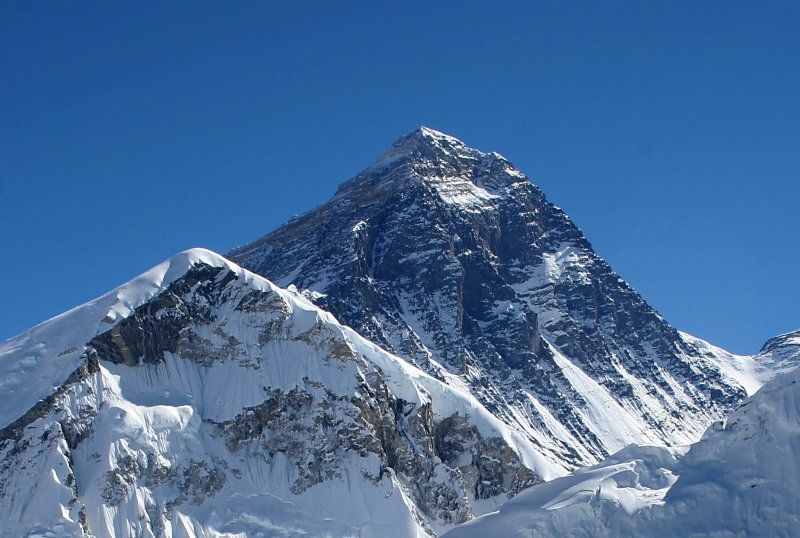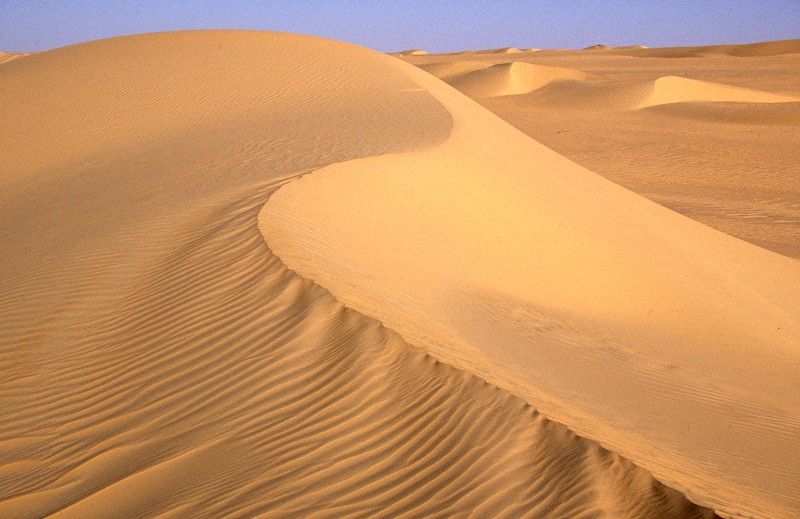Places

Mount Everest. Wikimedia Commons (Che, CC)

Sahara. Wikimedia Commons (Holger Reineccius, GFDL)
Where in the world is this category? Everywhere. There are places on the planet where one can see geysers, glaciers, deserts, mountains, rain forests, and oceans. Starting in Africa, you’ll discover the world’s longest river, the Nile, as well as the world’s largest desert, the Sahara. The legendary trading post of Timbuktu is located in the middle of this desert. Throughout the rest of the contin ... Read more
ent you’ll find a diverse range of cultures, countries, cities, and people.
Asia is the world’s most populous continent and contains the countries of the former Soviet Union along with others including China, India, Japan, and Turkey. This vast continent stretches from the Arctic Circle to the equator and contains the world’s tallest mountain, Mt. Everest, as well as the world’s lowest point, the Dead Sea.
Sometimes considered a peninsula of the Eurasian landmass, Europe has a climate that ranges from subtropical to polar and includes mountain ranges like the Alps and the Pyrenees. It is also the birthplace of Western civilization and home to cities like London, Paris, Gdansk, Stockholm, and Lisbon. Europe was also the main theater of conflict for World War I and also for much of World War II.
In North and South America, you’ll find places ranging from the Grand Canyon and Yellowstone National Park, to the Amazon Rain Forest and the Andes Mountains. North America is home to the United States, Mexico, and Canada. South America is where one can find the cities of Rio de Janeiro, Montevideo, Santiago, and Caracas.
Australia is the only continent that holds only one country while Antarctica is the only continent that doesn’t contain any countries.
These are just a few of the places you’ll be able to explore below.


